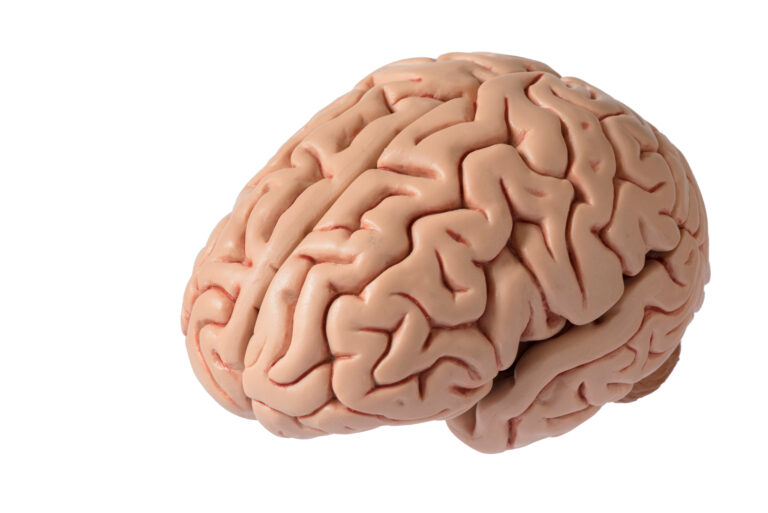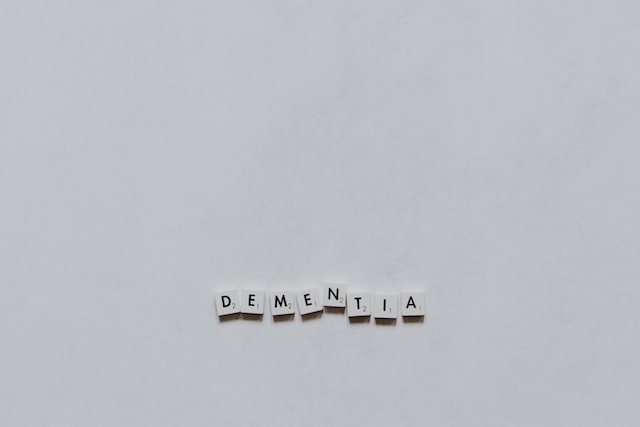Dementia is a general term that describes a decline in cognitive function, affecting memory, thinking, and behavior. It is a common condition among older adults and can greatly impact their quality of life. According to the World Health Organization, there are currently around 50 million people living with dementia worldwide, with almost 10 million new cases every year.
One of the biggest challenges in treating dementia is accurately diagnosing the type of dementia, as it can significantly impact treatment plans and disease progression. In recent years, scientists have been focusing on identifying biomarkers for different types of dementia to aid in early and accurate diagnosis. And now, a new study has discovered a novel biomarker that could help differentiate between different types of dementia.
Researchers from the University of California, San Francisco, and the University College London have identified a protein called NPTX2 as a potential biomarker for distinguishing between Alzheimer’s disease and Lewy body dementia. The study was published in the journal Neurology and is the first to identify a biomarker that can differentiate between these two types of dementia.
Alzheimer’s disease and Lewy body dementia are both forms of neurodegenerative diseases that affect the brain and cause cognitive decline. However, they differ in the type of proteins that build up in the brain. In Alzheimer’s, the protein amyloid beta accumulates, while in Lewy body dementia, it is the protein alpha-synuclein.
The researchers analyzed cerebrospinal fluid (CSF) samples from 60 participants with Alzheimer’s disease, 20 with Lewy body dementia, and 72 healthy controls. They found that levels of NPTX2 were significantly lower in patients with Lewy body dementia compared to those with Alzheimer’s disease or healthy controls.
NPTX2 is a protein that plays a crucial role in maintaining healthy synapses, which are connections between nerve cells in the brain. Previous studies have shown that individuals with Alzheimer’s disease or Lewy body dementia have damaged synapses, leading to cognitive decline. The research team believes that the decrease in NPTX2 levels could indicate impaired synapse function, which is more severe in Lewy body dementia compared to Alzheimer’s.
The study’s lead author, Dr. Adam Boxer from the University of California, San Francisco, explained, “Our findings suggest that NPTX2 is a potential biomarker for differentiating between Alzheimer’s disease and Lewy body dementia. This could help clinicians make a more accurate diagnosis and provide appropriate treatment for patients.”
Currently, diagnosing dementia types relies on clinical symptoms and brain imaging techniques, which can be inconclusive or misleading. The discovery of NPTX2 as a potential biomarker opens up new possibilities for early and accurate diagnosis of dementia types. It could also aid in the development of new treatments targeted at improving synapse function.
The study’s findings have been met with excitement and optimism by the scientific community. Dr. James Pickett, head of research at the Alzheimer’s Society, stated, “Dementia research has been crying out for biomarkers that can differentiate between different types of dementia. This study has identified a promising candidate that could make a real difference in the diagnosis and treatment of dementia.”
However, further research is needed to confirm these findings and validate NPTX2 as a biomarker for differentiating between Alzheimer’s disease and Lewy body dementia. The research team is planning to conduct larger studies involving a more diverse population to strengthen their findings.
In conclusion, this groundbreaking study has discovered a novel biomarker that could potentially revolutionize the diagnosis and treatment of dementia. The identification of NPTX2 as a potential differentiator between Alzheimer’s disease and Lewy body dementia brings hope for better and more targeted treatments for individuals living with these conditions. With further research and validation, NPTX2 could become a vital tool in the fight against dementia, ultimately improving the lives of millions of people worldwide.





